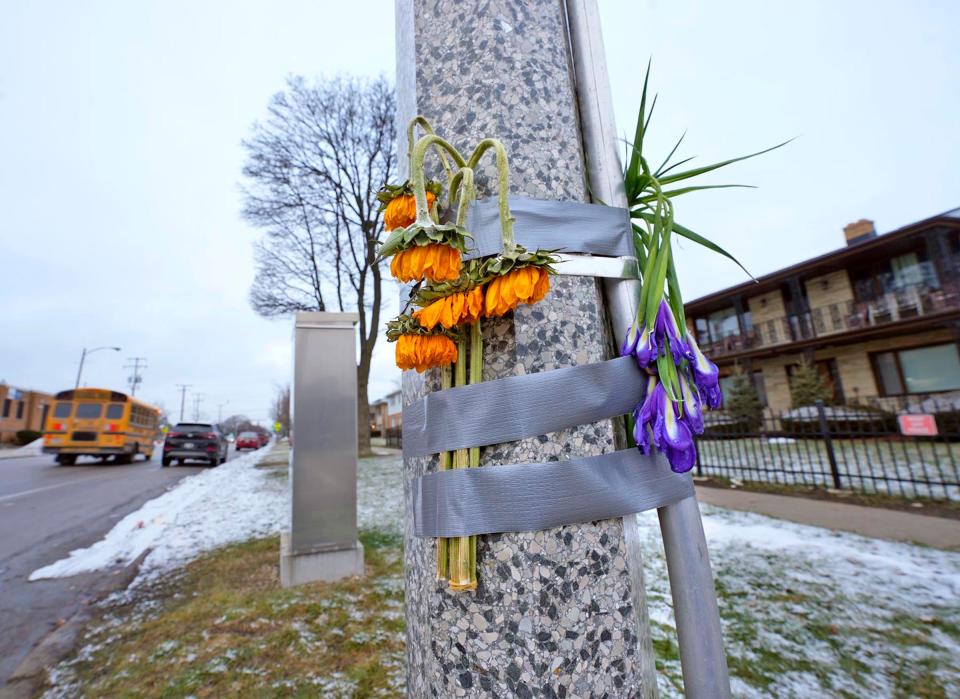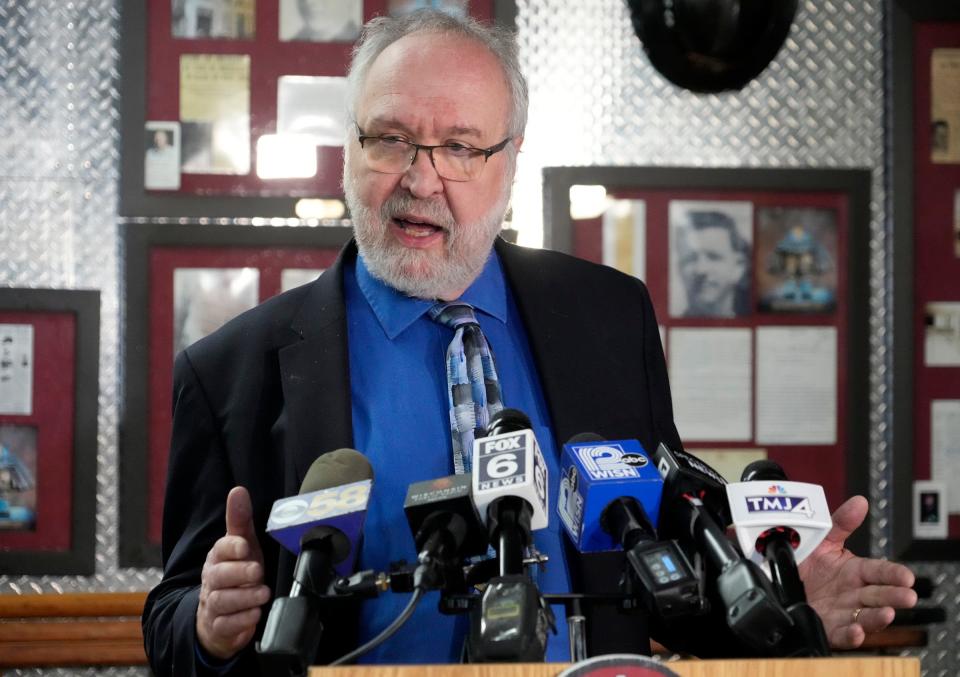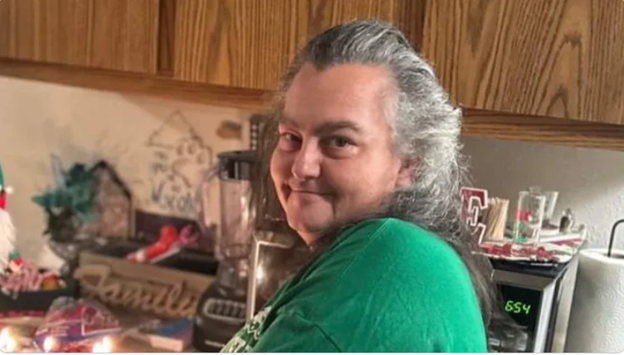Curtis Ambulance: Policy changes are under consideration, including required foot searches
The president of Curtis Ambulance has reversed course and said Monday he will consider a range of policy and protocol changes after the death of Jolene Waldref at a Milwaukee bus stop.
“When someone is injured and you’re looking for help, you expect (emergency medical services) to be there to fill that need,” James Baker said in an interview with the Journal Sentinel on Monday. “When it fails, as indeed in this case it did, for a variety of reasons, people are upset and they’re angry and they want to know why.
“The people involved in EMS have to take this opportunity to look at what could we have done better.”
Baker said he is meeting with Milwaukee Fire Department officials on Wednesday to discuss various policy and protocol changes and has reached out to multiple Common Council members. That comes almost a week after he said at a press conference that no changes were necessary.
Baker first told the Journal Sentinel on Monday he was not reconsidering a change in protocols that would require ambulance crews to search on foot for patients in scenarios similar to Waldref's. After this story ran online Monday afternoon, he clarified to say that he will maintain that position, but if pressed by city officials, he will concede and change protocols accordingly.
"If the city asks for it, we will comply," he said Monday evening.
Both Curtis Ambulance, a private service that responds to low-priority calls, and the Fire Department faced backlash last week after more information about the failed opportunities to help Waldref were made public.
He also said dispatchers did not tell his ambulance crew that Waldref said she couldn’t breathe. The call was therefore erroneously given a low, non-emergency priority, he said, and he does not know why city dispatchers handled the call the way they did.
“I believe when she said I can’t breathe it should have been a high-priority call,” he said.
Waldref, a 49-year-old mother of two from South Milwaukee, died Jan. 15 after calling 911 and reporting she couldn’t breathe as she waited near a bus stop at the busy intersection of North 76th and West Congress streets in subzero temperatures.
A Curtis Ambulance was dispatched but its crew did not see her lying on the ground near the intersection’s northwest corner. The crew eventually left the scene after driving through the intersection twice but did not search on foot, drawing questions from the public and elected officials.
She ended up staying on the ground for more than 20 minutes until a driver stopped and called 911 again. That driver, Charlotte Morris of Milwaukee, said it was not hard to see Waldref.
A cause of death has not been established.
“I think the result of this is going to be a cautionary tale to EMS workers everywhere to make sure you exercise your due diligence to try to find a patient,” Baker said. “It is very sad and unfortunate. It’s a very rare occurrence that something like this occurs.”
A range of potential procedure changes are under consideration

At the Wednesday meeting, Baker said officials will discuss a range of possible changes, with some possibly taking effect immediately and others over time.
Baker identified three that will be discussed.
The first is how to ensure that the GPS coordinates of a caller are shared with ambulance crews. Fire Department records indicate that dispatchers had access to Waldref’s exact latitude-longitude coordinates, but Baker said that information was not shared with his crew.
He said information from dispatchers is relayed electronically to ambulances, which does not include GPS data. He called it a technical issue that may take time to fix.
“We’ve never really had a problem like this,” he said.
The second is to bring back an old protocol for responding to even low-priority calls during times of extreme temperatures.
Years ago, Baker said, when the city received a call about a patient who was outdoors on a day with extreme heat or cold, a fire engine would be dispatched along with an ambulance. That practice ended during the pandemic because it used too many resources and at times “overwhelmed the system,” Baker said.
During Waldref’s emergency, temperatures at the nearby Timmerman Airport were 2 degrees below zero, with wind chills of minus 20 to minus 21, according to the National Weather Service. Only an ambulance was dispatched.
Baker said officials are likely only to consider resurrecting the protocol for extreme cold weather.
The third is to require that ambulances searching for a patient in Waldref’s situation will pass through an intersection from all four directions in their search. The ambulance searching for Waldref passed through from two directions.
Curtis officials will argue against required foot searches, but will comply with city demands

Although multiple city officials have already made it clear they think foot searches should be standard when patients aren't immediately located by ambulance crews, Baker said Monday he will continue to argue against making it so.
That runs counter to the proposal of Ald. Lamont Westmoreland, who last week proposed legislation urging officials to require ambulance crews to get out of their vehicles to search for patients to prevent similar deaths.
Baker said in situations where patients can’t immediately be located at an outdoor location like a bus stop, officials still believe it’s more efficient to search via vehicle to cover more ground.
“When you’re responding to an area that size, you’re able to cover more ground and be in better communication by staying in your vehicle,” Baker said. “If you’re in a building, that’s obviously different.”
However, Baker made it clear that if city officials aren't convinced by Curtis Ambulance's position, he will concede to the city's demands.
"If that’s what they’re going to require, we’re going to comply," he said.
Baker also contested assertions that the ambulance never slowed down to look for Waldref at any of the four bus stops that surround the intersection. He provided data from the ambulance showing the vehicle drove around 7 to 8 mph as it went through the intersection.
Ambulance crew did not know about Waldref's breathing issues, Baker says

Baker said he has not received an answer from the city of Milwaukee about why dispatchers did not tell the ambulance crew that Waldref reported being unable to breathe.
Waldref also reported being “lightheaded and dizzy.”
The Milwaukee Fire Department and the Department of Emergency Communications did not immediately return requests for comment Monday.
Either way, Baker believes that information required a high-priority response.
The omission had its consequences, Baker said. It resulted in the Curtis Ambulance responding without its lights and sirens on. Were they on, Waldref may have tried rising from the ground and waving down the vehicle, he said.
He also said it was the crew’s understanding they were looking for a patient who was upright and talking and waiting at a bus stop. Waldref was on the ground and around a corner from the bus stop.
“For the type of call that we were expecting … that was the appropriate response for that type of patient,” he said. “For a patient that can’t breathe, for a patient that’s down, then that’s not the correct response.”
Alex Groth of the Journal Sentinel contributed to this report.
Contact Elliot Hughes at elliot.hughes@jrn.com or 414-704-8958. Follow him on X at @elliothughes12.
This article originally appeared on Milwaukee Journal Sentinel: After Waldref death, Curtis Ambulance will consider changes in protocol

